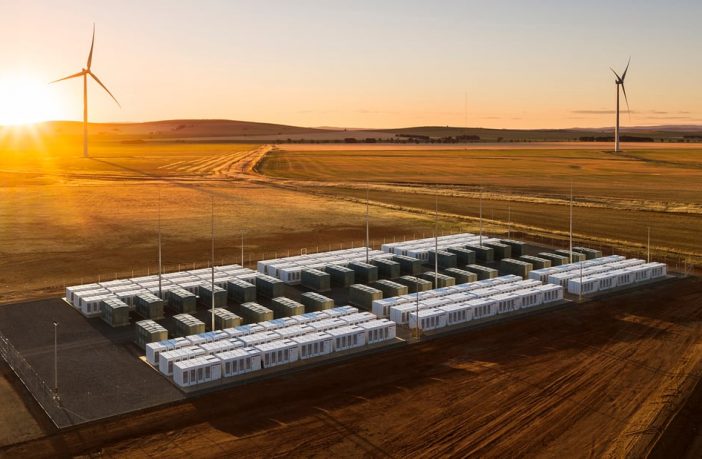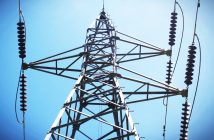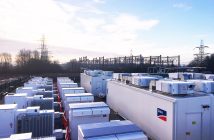- South Africa has not included power reserve or ‘big battery’ allocation in its current draft IRP.
- Power Reserve capability is proven in optimizing grid stability by providing frequency response, reserve, system security and reactive power.
- Existing power reserve PPA agreements has proved that the technology optimises system security and reduces the risk of blackouts and load shedding.
- Prices are being ratcheted down making the technology increasingly bankable.
South Africa has been plunged into darkness over the last two weeks due to the implementation of rotational load shedding which is not expected to go away any time soon. The cost implications to the energy utility and the country’s economy are enormous. While power reserve or ‘big battery’ deployment is gaining traction globally, it remains off the list in South Africa’s current draft Integrated Resource Plan (IRP).
According to the recent Wood Mackenzie/ Energy Storage Association (ESA) quarterly report, energy storage adoption tripled during Q3 2018 compared to the same time last year. The report highlights that energy storage deployments in the U.S. will accelerate dramatically over the coming years, growing from 338 MW in 2018 to 659 MW in 2019, before more than doubling to 1.7 GW in 2020. Future growth is expected to heavily expand on the utility scale in standalone storage plus solar/wind plus storage configuration.
Another recent report released by Aurecon which analyses the performance of the Hornsdale Power Reserve (HPR) facility supplied by Tesla, found that the power reserve optimises system security and reduces the risk of blackouts and load shedding. The introduction of the big battery has contributed to removing the need for a 35 MW local FCAS minimum constraint – estimated to have added nearly AUD 40 million in Regulation FCAS costs in both 2016 and 2017.
The Hornsdale project reserves 70 MW of its discharge capacity for designated system security services contracted with the South Australian (SA) Government. The remaining 30 MW power capacity and 119 MWh energy storage is available to facility owners/IPP, Neoen for market participation.
The Aurecon report also highlights the benefit of power reserve fast frequency response. The big battery has also provided a premium Contingency Frequency Control Ancillary Service (FCAS), thereby avoiding or reducing load shedding in the state.
There are also other spinoff’s that can be included in PPA’ like firm frequency response (FFR), volume firming and dispatchable generation from variable renewables to manage reliability obligations and characteristic changes to net operational demand.
Eskom electricity tariffs are likely to increase by 15% annually over the next 3 years. At the same time, battery prices are now declining to the point where they are starting to move into new markets. In the U.S., Tucson Electric Power recently entered into a power purchase agreement with a 100MW solar + 30MW/120MWh battery project for about US 4.5 cents/kWh.
Many would argue that omitting power reserve in the current draft IRP is a massive oversight.
Author: Bryan Groenendaal











